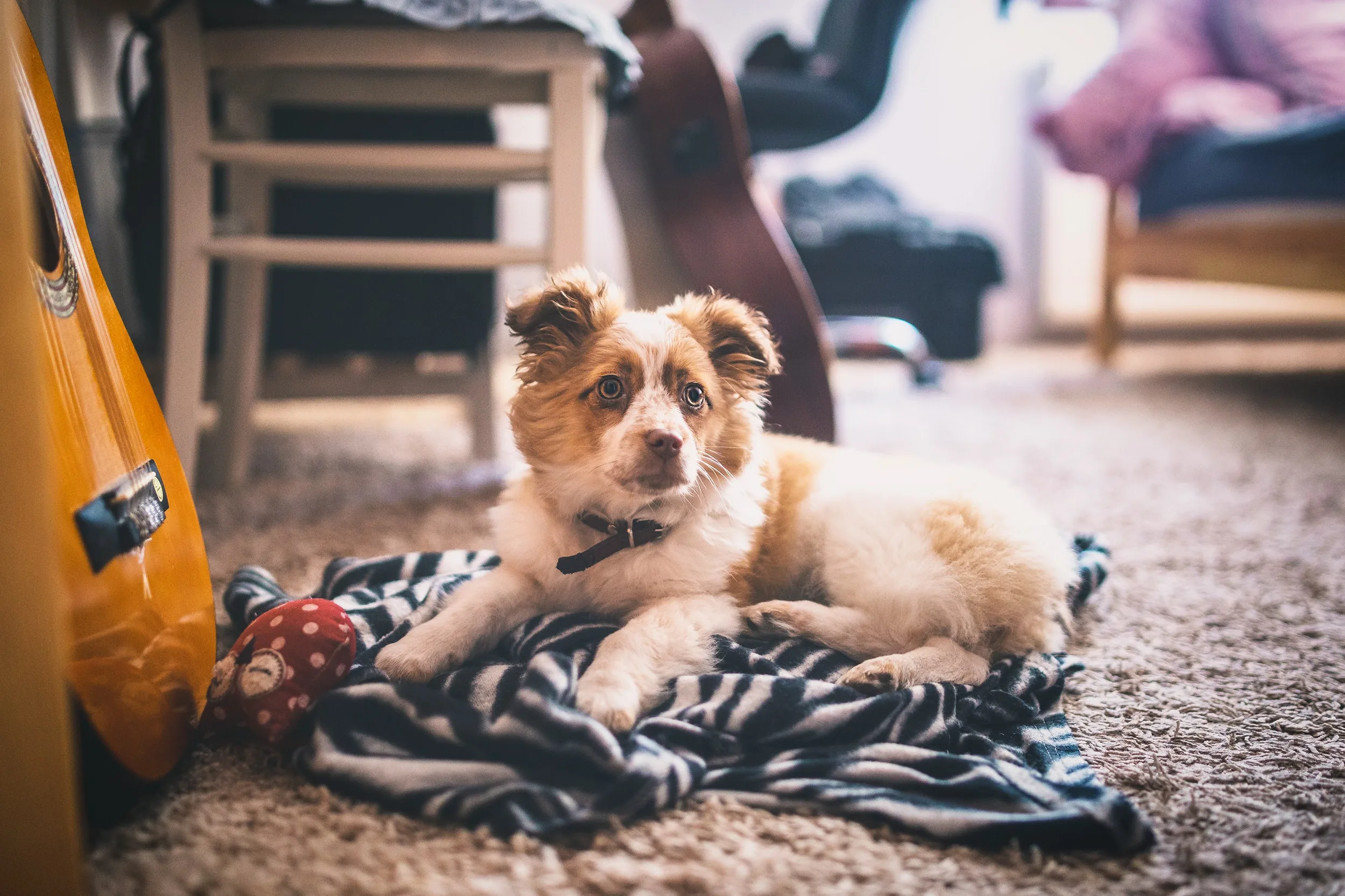Why is My Female Dogs Private Area Swollen Spayed? Witnessing your female dog’s private area being swollen after being spayed can be concerning and confusing. While spaying is intended to prevent reproductive-related issues, changes in the appearance and behavior of a dog’s private area can raise questions. In this article, we’ll delve into the reasons behind this phenomenon, explore potential causes, and provide insights into how to address the situation, along with common questions and answers to help alleviate your concerns.
For more about dogs click here
Exploring the Swollen Private Area
It’s not uncommon for female dogs to experience temporary swelling around their private area after being spayed. This occurrence, known as post-spay swelling, can be attributed to various factors associated with the surgery and the body’s healing process. Understanding these factors can provide clarity and help you determine whether a visit to the veterinarian is necessary.
Reasons for Swelling in Spayed Female Dogs
- Surgical Trauma: Spaying involves the removal of a female dog’s reproductive organs, which can result in surgical trauma. Swelling may occur as part of the body’s natural response to the procedure.
- Inflammation: The surgical incision site and surrounding tissues may become inflamed in response to the surgery. This inflammation can contribute to the appearance of swelling.
- Fluid Accumulation: The body’s natural healing process can lead to the accumulation of fluids in the surgical area, causing temporary swelling.
- Hormonal Changes: While spaying eliminates the heat cycle and reduces hormonal fluctuations, the sudden absence of reproductive hormones can trigger temporary changes in the area, including swelling.
FAQs on Why is My Female Dogs Private Area Swollen Spayed?
Q1: What does it mean when a female dog’s private area is swollen?
Temporary swelling in a spayed female dog’s private area can be a normal part of the healing process after surgery. It’s often a response to surgical trauma, inflammation, and fluid accumulation.
Q2: Do female dogs swell after being spayed?
Yes, female dogs may experience swelling around their private area after being spayed. This is typically a transient reaction to the surgery.
Q3: Why is my spayed female dog leaking fluid?
Fluid leakage or discharge from the surgical site can occur as part of the healing process. If the discharge is excessive, foul-smelling, or accompanied by other symptoms, consult your veterinarian.
Q4: Do spayed dogs go into heat?
No, spayed dogs do not go into heat because the surgery involves removing the ovaries and uterus, which are responsible for the heat cycle.
Q5: Can a spayed dog get pyometra?
While pyometra is more common in intact (non-spayed) female dogs, it is theoretically possible for a spayed dog to develop a condition known as “stump pyometra.” This occurs when a small portion of the uterus is left behind during the spaying procedure and becomes infected.
Steps to Take
- Monitor the Swelling:
Keep a close eye on the swelling. While some swelling is normal, excessive or persistent swelling, along with other concerning symptoms, should prompt a visit to the veterinarian. - Follow Post-Surgery Instructions:
Adhere to the post-surgery care instructions provided by your veterinarian. This may include administering medications, keeping the incision clean, and avoiding excessive activity. - Consult a Veterinarian:
If you’re unsure about the severity of the swelling or if your dog exhibits any signs of discomfort, contact your veterinarian for guidance. - Prevent Licking or Chewing:
Dogs may be tempted to lick or chew the surgical area. Prevent this behavior to avoid potential complications.
Seeking Professional Guidance
While post-spay swelling is often a normal part of the healing process. It’s crucial to seek professional guidance if you have any concerns. A veterinarian can assess your dog’s condition, provide appropriate recommendations. Ensure that the swelling is not a sign of an underlying issue. By staying vigilant and partnering with a veterinary professional, you can ensure the well-being of your spayed female dog and promote a smooth recovery.
External Resources for Post-Spay Swelling
For further insights into post-spay swelling and the recovery process, consider these resources:
- American Veterinary Medical Association – Spaying or Neutering Your Pet
- PetMD – Spaying or Neutering Your Dog FAQs
In Conclusion
Swelling in the private area of a spayed female dog can be a natural response to the surgical procedure and the body’s healing process. While it can cause concern, understanding the reasons behind the swelling and closely monitoring your dog’s condition will help alleviate worries. By partnering with a veterinarian, following post-surgery care instructions, and providing a comfortable environment for your dog’s recovery, you can ensure a smooth healing journey and continue to prioritize your furry companion’s health and well-being.
